How to wash windows and blinds with ammonia without streaks?
Many people recommend washing windows with ammonia - it helps dissolve complex stains and avoid streaks.
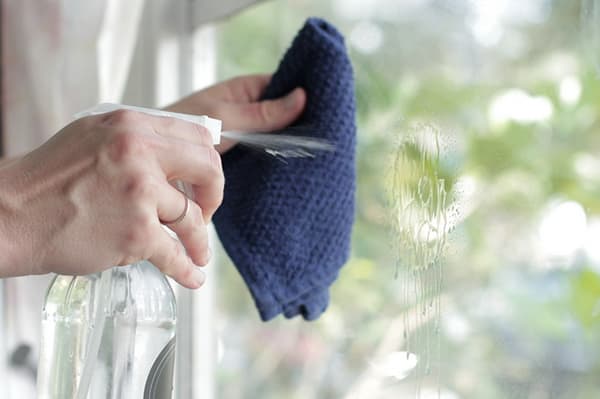
What you will need
Before starting the process, it is advisable to prepare all the necessary tools. At home, this will require a container in which ammonia and water will be diluted. In advance you will need to find a sponge or soft lint-free cloth - in general, anything that will be convenient to work with. When working on large areas, it is recommended to use a spray bottle.
Washing windows with ammonia will not work without:
- paper, magazines or newspapers - they will help wipe off the applied product;
- soft cloths, with the help of which the remaining composition is removed from the glass;
- rubber gloves, plastic goggles and other safety equipment - some women even use polyethylene raincoats to protect their skin and clothing.
When cleaning windows, you will need to reach distant surfaces. In a private house or apartment with a high ceiling, it is best to use stepladders and sliding stairs.
How to dilute ammonia - composition recipes
For a composition with ammonia to be effective, certain proportions must be observed.
- If the composition does not intend to use additional agents, then you need to dilute five drops of ammonia in five liters of water. The resulting mixture is thoroughly mixed.
- The composition can be improved.Glycerin is most often used for this. The following proportions are observed: add the same amount of glycerin and five ml of ammonia to 200 ml of water. The advantage of the composition is not only the thorough cleaning of the windows, but also the further protection of the plastic from spraying or the appearance of ice.
Washing steps
It is first necessary to remove all excess from the windows (blinds and sashes) to facilitate access to the glass. It is recommended to remove the largest areas of dirt, as well as dust and cobwebs using a mop or a special brush.
Windows are washed according to the following algorithm:
- Dip the sponge into the prepared solution, wring it out thoroughly and wipe first the frames, then the window sill and slopes.
- To clean hard-to-reach places, such as window hinges or sashes, use cotton swabs. They can be replaced with toothpicks and cotton wool.
- After this, take a new sponge (the old one is thoroughly washed in warm water). It is moistened in a solution of ammonia and the windows are wiped from top to bottom. This is necessary to ensure that there are no dirty areas left on the glass.
- Wipe the glass units dry using newspapers or paper. If you don't have them on hand, you can use a clean cloth, but polishing should only be done with dry materials. In this case, there will be no divorces left.
- At the last stage, we finish washing the remaining elements, including sashes or blinds.
It is advisable to repeat the procedure two or three times. This is necessary to ensure that the surface of the glass and all profiles are 100% clear of dirt. It is with the help of ammonia that it is possible to remove not only dirt from window frames, but also the yellowness that often forms on the surface of the plastic.
How to clean blinds
To tidy up the blinds, you need to open the window and place them parallel to the window frame. After this, a rag or sponge is dipped in the solution and each lamella is thoroughly wiped on both sides. Then the blinds are washed with warm water and wiped dry.
Precautionary measures
When working with ammonia at home, it is important to remember your own safety. To do this you need:
- before starting work, open the windows and ensure a flow of fresh air - it is important that the room is ventilated not only during washing, but also after that, because staying in a room with unpleasant odors for a long time can cause illness;
- use personal protective equipment (the minimum is gloves and goggles, but it is recommended to supplement them with a respirator to protect your respiratory system);
- have access to running water so that if liquid gets on your skin or eyes, wash the affected areas as soon as possible.
It is not recommended to use other household chemicals together with ammonia. This is especially true for products that contain chlorine. The fact is that as a result of their compounds, dangerous evaporation will occur, which can threaten health.
Pros and cons of the method
This streak-free window cleaning method has both advantages and disadvantages.
The advantages include the following:
- Acceptable price. A bottle of ammonia will cost much less than special solutions intended for these purposes.
- The method is quite simple. Yes, you need to prepare some tools in advance, but every home has them on hand. In addition, there is no need for lengthy preparation - the windows can be washed immediately after preparing the solution.
- The most important advantage for any housewife is efficiency. After all, with the help of ammonia you can quickly remove any stains, as well as dust or dirt, which will not harm the plastic profile or the glass itself.
The disadvantages of the method include a specific smell, which many will find unpleasant. You can get rid of it only after thoroughly ventilating the room for several hours.
Another disadvantage is the threat to the nasal mucosa or skin. To avoid such a danger, it is recommended to use rubber gloves and even a respirator while working.
Using a solution with ammonia, you can bring any glass objects to perfect shine. If there is a little solution left after washing the windows, you should not pour it out, because it can be used to clean many other items in the house.
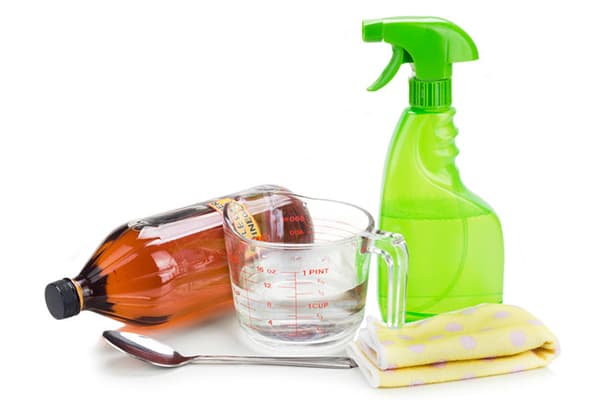
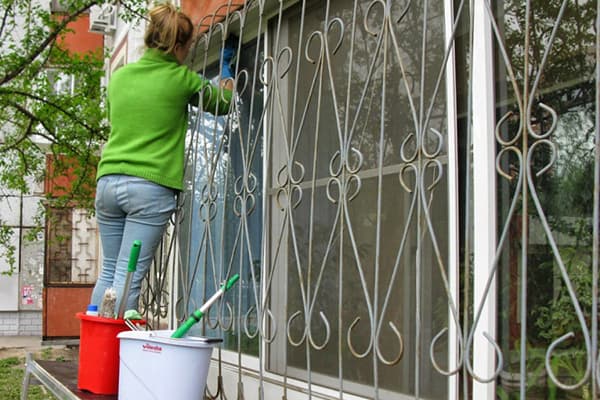
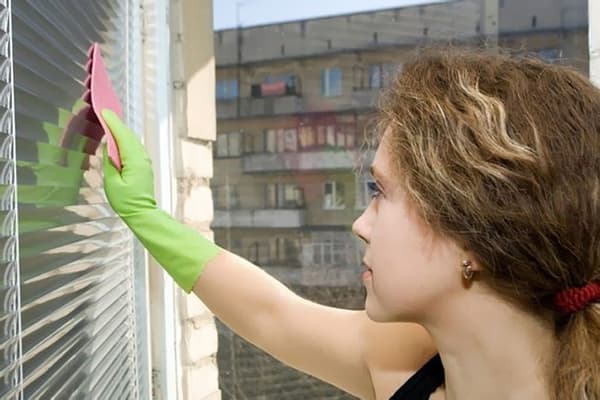
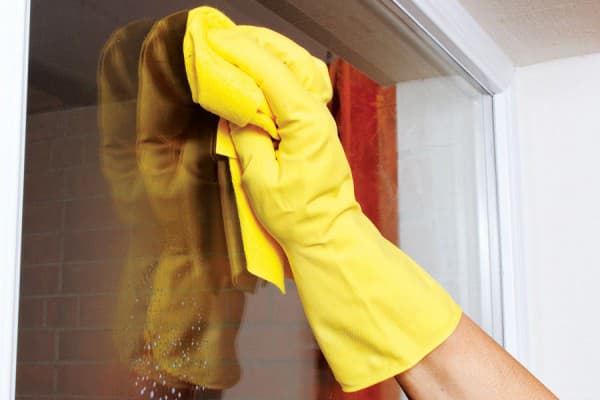
I washed the windows with a mixture of ammonia, glycerin and water. I liked the result. The windows are clean and no streaks.